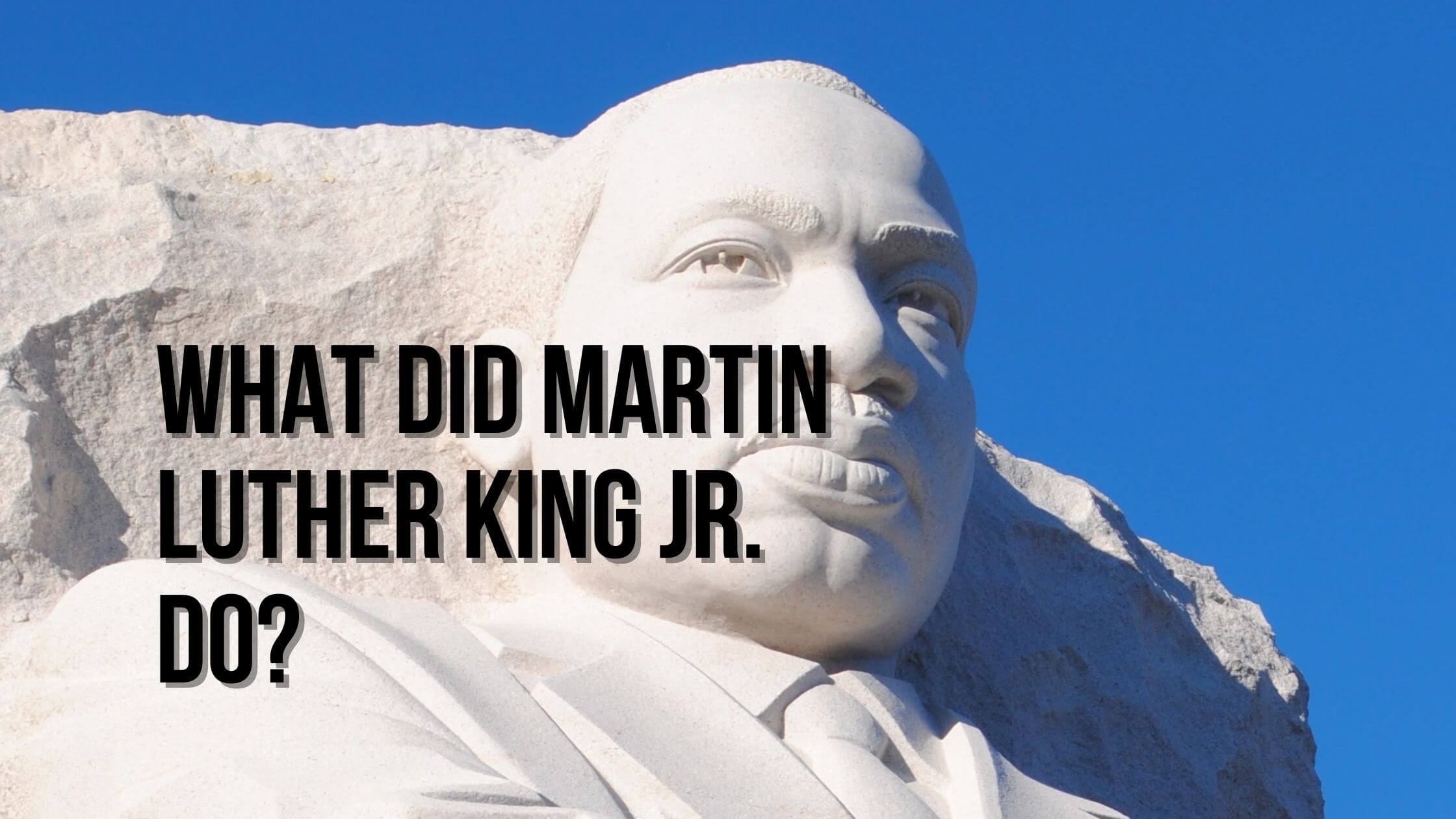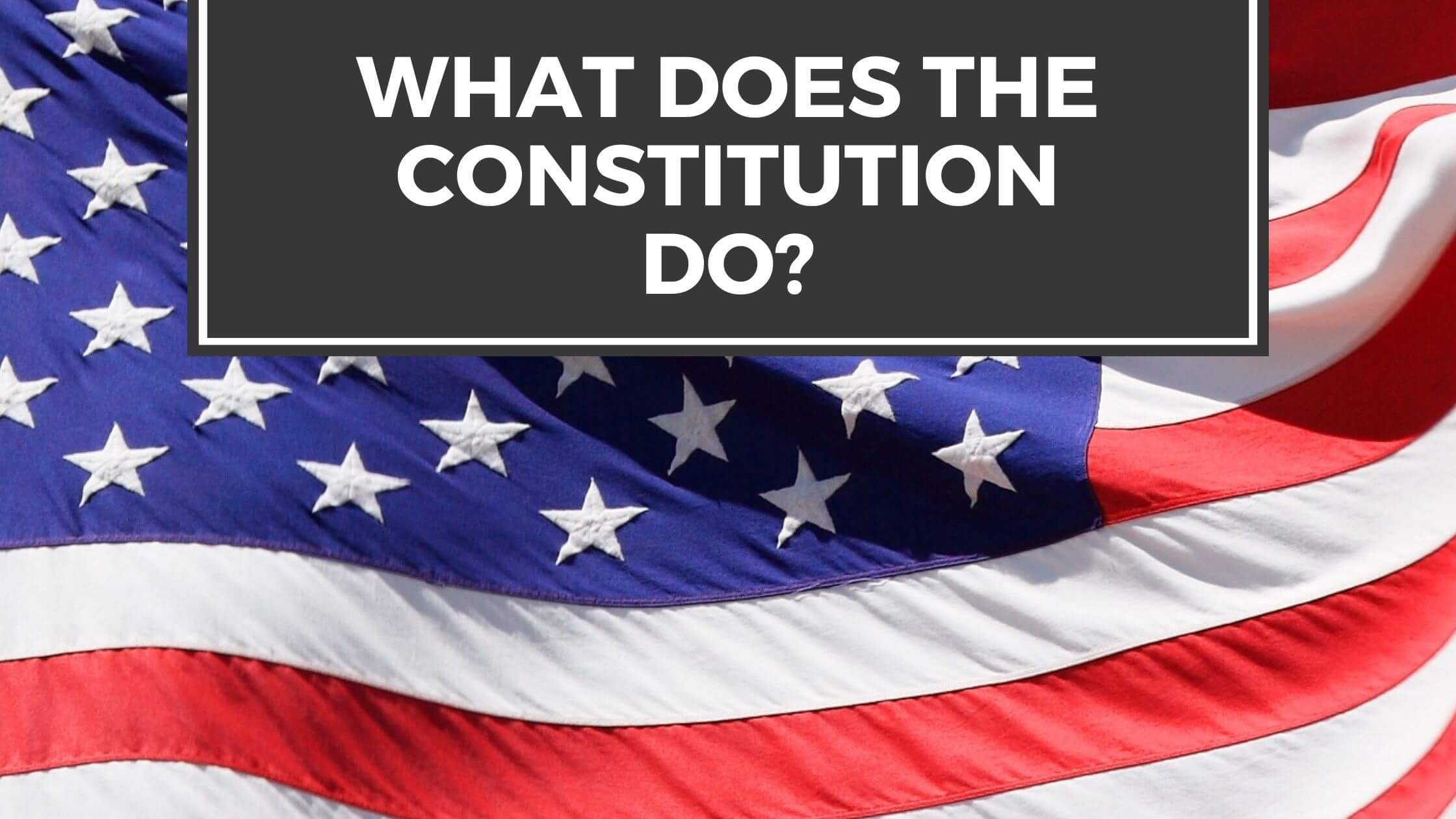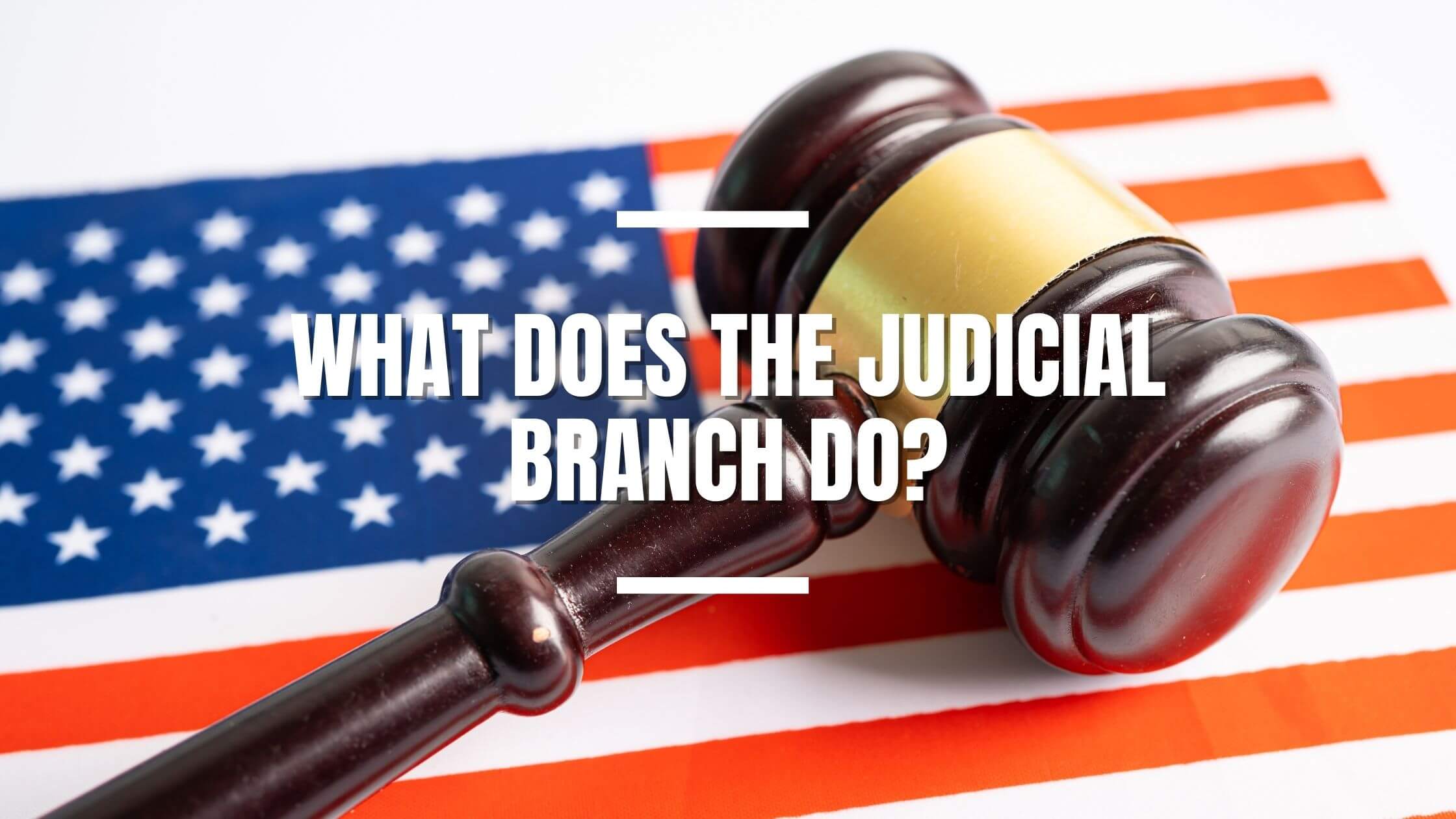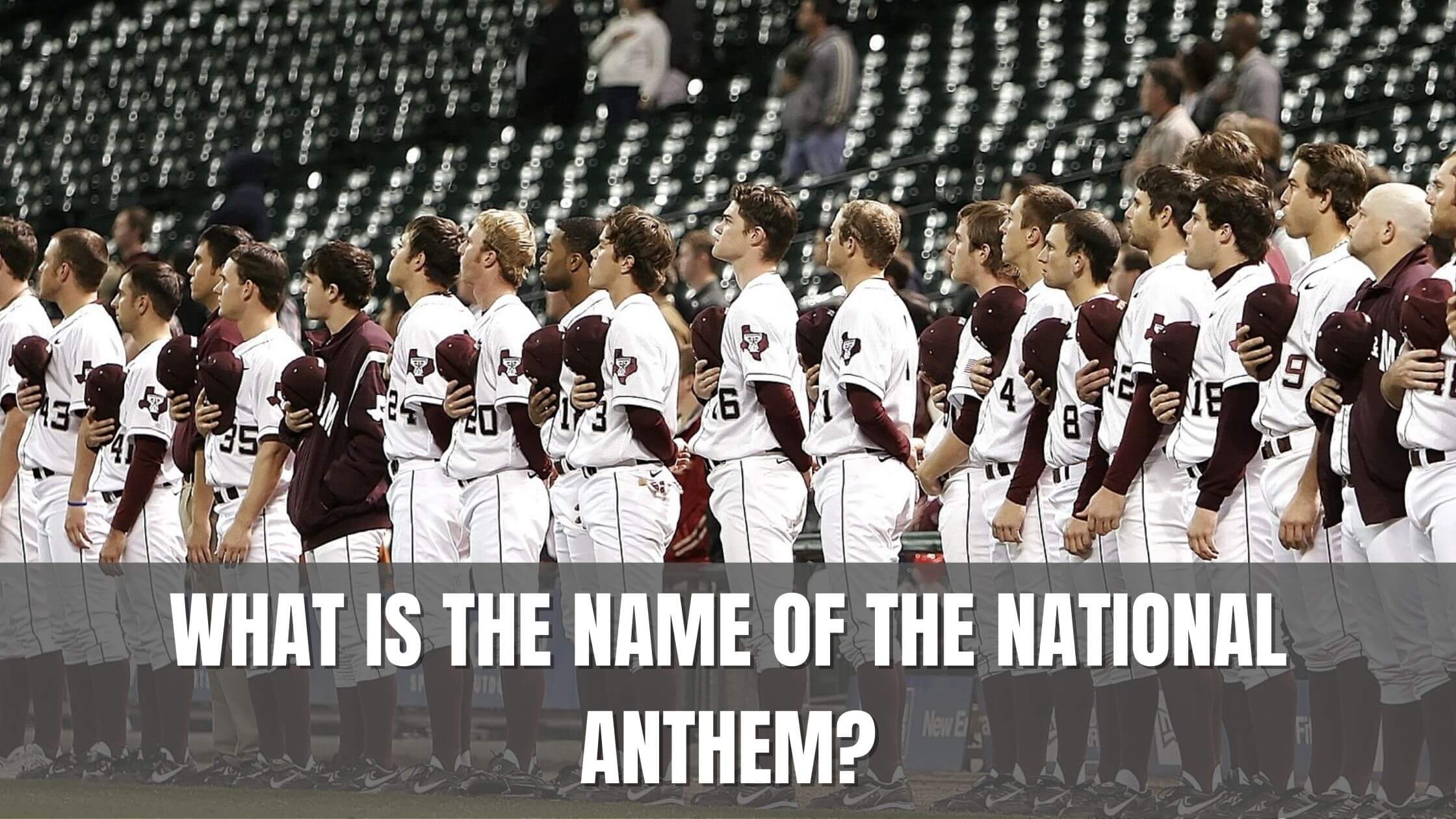Table of Contents
ToggleTo pass the US citizenship test, you will have to answer 10 of a possible 100 questions. The following question is from the USCIS test.
What did Martin Luther King Jr. do?
Answer:
- fought for civil rights
- worked for equality for all Americans
The following is a full explanation of the USCIS question:
Who Was Martin Luther King?
Dr. Martin Luther King was born in 1929. He was a reverend’s son and grew up with a strong Christian background. King did very well in his studies, finishing high school and starting college at 15. He earned a Bachelor’s Degree in Sociology in 1948 and a Bachelor’s of Divinity in 1951.
Martin Luther King Jr. and Coretta Scott King were married in 1953, and King became a pastor in 1954. The following year, King completed his doctorate in Systematic Theology at Boston University. By then, he was on his way to becoming one of the most important human rights leaders of his time.
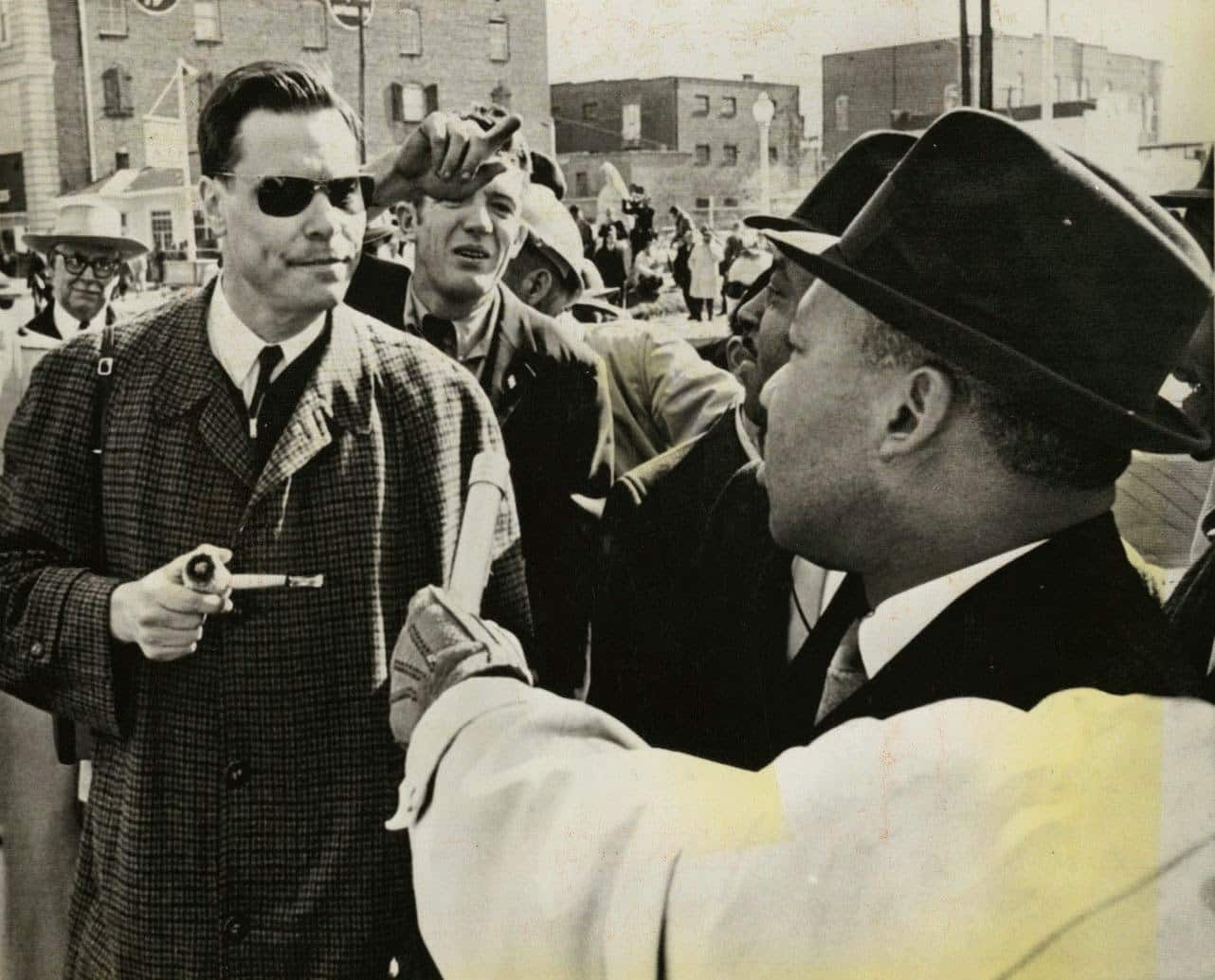
Today, people celebrate Martin Luther King Day in his honor. He won a Nobel Peace Prize and is remembered by the Martin Luther King Jr. Memorial, the King Center, and the National Civil Rights Museum. The Supreme Court passed most but not all of the civil rights legislation he advocated for.
King’s Family Background
King came from a Baptist family. In the early 20th century, they saved the struggling Ebenezer Baptist Church and made it one of Atlanta’s most prominent Black churches.
His father, Michael King (later Martin Luther King Sr), was a pastor at Ebeneezer Church. Martin Luther King Jr. became a pastor at Dexter Avenue Baptist Church, which is now an important part of Black history. His family cared deeply about the rights of black people and the Christian faith.
Beliefs and Influences
Christianity heavily influenced Martin Luther King. He took ideas about loving your neighbor and praying for your enemies and applied them to the civil rights movement. He was also inspired by Indian civil rights leader, Mahatma Gandhi.
He despised injustice in general, especially racial segregation, and was determined to see it end in his lifetime.
Montgomery Bus Boycott (1955)
After an African-American woman named Rosa Parks refused to give up her seat on a bus when there were no seats left for white people, she was arrested, and her case became a civil rights cause.
Martin Luther King organized a bus boycott to protest the arrest. His house was bombed, and he was arrested, which only served to enhance his notoriety and stature. King triumphed in this particular fight, and a District Court ruling ended all discrimination on Montgomery buses.
Southern Christian Leadership Conference (1957)
In 1957 King and other activists founded the SCLC (Southern Christian Leadership Conference), with King as its leader. They used the existing organizing power of Black churches to fight for civil rights causes. Many of the most influential African American leaders in the civil rights movement were part of the organization.

Get Smarter on US News, History, and the Constitution
Join the thousands of fellow patriots who rely on our 5-minute newsletter to stay informed on the key events and trends that shaped our nation's past and continue to shape its present.
March On Washington DC (1963)
The March On Washington in 1963 was the zenith of the civil rights movement, bringing together other major civil rights organizations, each headed by a prominent civil rights leader:
- National Association for the Advancement of Colored People, led by Roy Wilkins
- National Urban League, led by Whitney Young
- Brotherhood of Sleeping Car Porters, led by A. Philip Randolph
- Congress of Racial Equality, led by L. Farmer Jr.
The demonstrators did not all agree with each other politically, and Malcolm X of the Nation of Islam even forbade anyone from attending the march. However, the organizers had specific goals. They wanted the following:
- An end to segregation, especially in schools
- A $2 minimum wage (much higher than the minimum wage today, if adjusted for inflation)
- More civil rights legislation
- Civil rights activists to be protected from police violence
King made his famous “I have a dream” speech at the march. It is widely regarded as one of American political history’s most compelling orations.
Subsequently, legislators passed the Civil Rights Act of 1964 and the Voting Rights Act of 1965. This was the beginning of the end of open and legal discrimination against Black Americans in the United States.
Post 1965
The movement pressed on even after President Lyndon B. Johnson passed the Voting Rights Act. Martin Luther King was opposed to the Vietnam War and wanted to help the poor. He petitioned the government to pass an “Economic Bill of Rights” for disadvantaged Americans of all colors.
Memphis Sanitation Workers Strike
In 1968, King traveled to Tennessee to support black sanitary workers who were striking due to low pay and mistreatment. They were openly discriminated against on a day when everyone was sent home due to inclement weather.
While white workers were paid for the entire day, black workers received only two hours pay for the time they had worked.
By 1968, King had been the victim of numerous acts of violence. He had been stabbed, hit with a brick, and had his house bombed. There had also been a bomb threat against his plane to Memphis to support the aforementioned sanitary workers.
King’s Assassination
In Memphis, King made his renowned “I’ve been to the mountaintop” speech, where he spoke of the threats to his life and how he refused to back down despite the dangers that he faced. He noted his desire to live a long life but acknowledged that it might not be possible for him.
Tragically, his speech turned out to be prophetic. While standing on a balcony at the Lorraine Motel in Memphis, King was shot in the jaw and rushed to St. Joseph’s Hospital, where he later died.
Who Killed Martin Luther King?
James Earl Ray, a fugitive from the Missouri State Penitentiary, shot Martin Luther King. Initially, he was able to escape, though having planned to go to Rhodesia was caught trying to use a forged Canadian passport under a fake name in England.
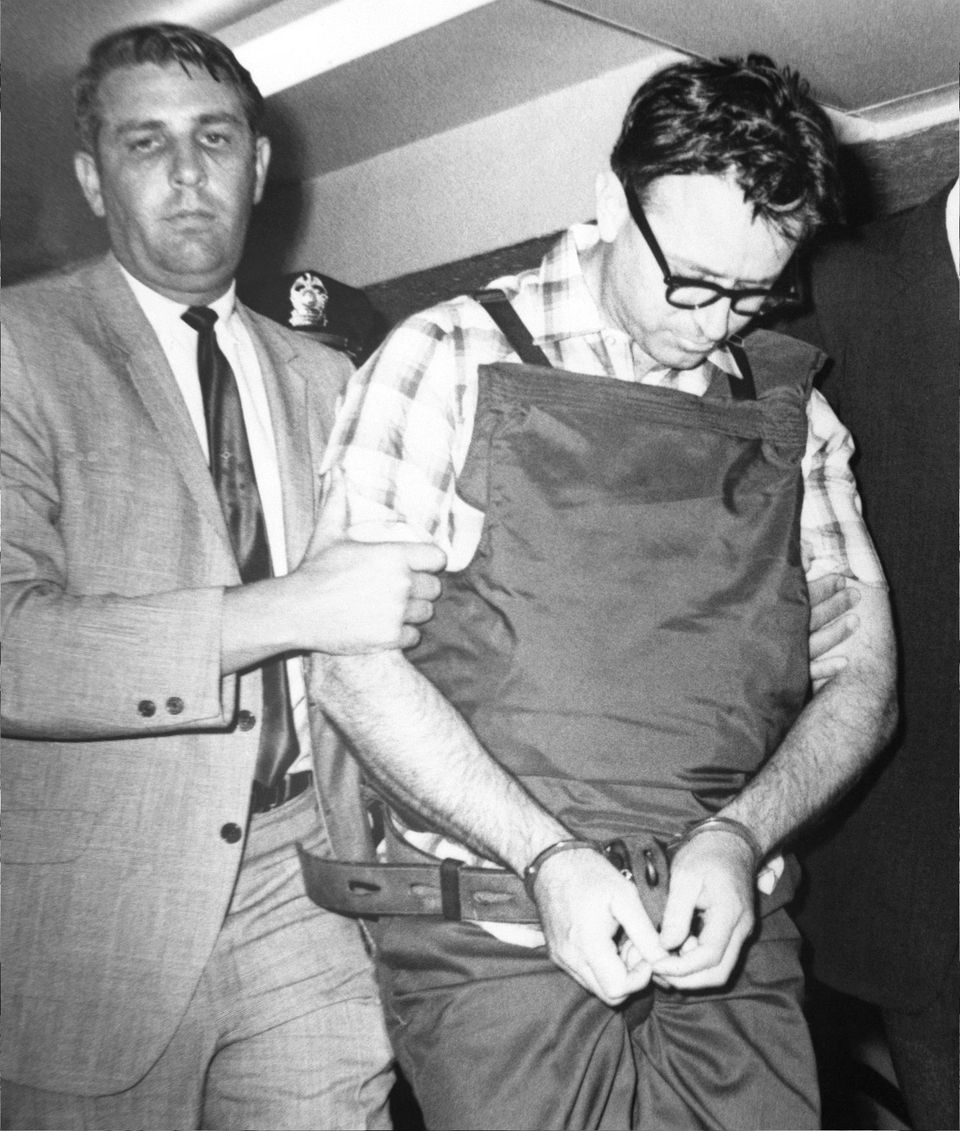
When the police were able to successfully identify him, he was returned to Tennessee and charged with King’s murder.
Acting on his lawyer’s advice, Ray confessed to the murder in order to avoid a conviction at trial and possibly the death penalty. He was sentenced to 99 years in prison and died before he was due to be released. He tried, unsuccessfully, to recant his confession and stand trial.
Is There More to the Assassination Story?
There are many conspiracy theories surrounding the Martin Luther King assassination, similar the Kennedy assassination a few years earlier. Many believe that James Earl Ray did not act alone and that elements of the government were involved in the murder.
In 1993, Loyd Jowers claimed to have taken part in a conspiracy to shoot Martin Luther King. He stated that numerous groups were involved, including the Mafia and the government, and that he received $100,000 to aid the assassin, who was not James Earl Ray.
In 1998, Martin Luther King’s family successfully sued Jowers in a wrongful death lawsuit. However, a 2000 Department of Justice investigation into the case rejected the evidence for a conspiracy.
